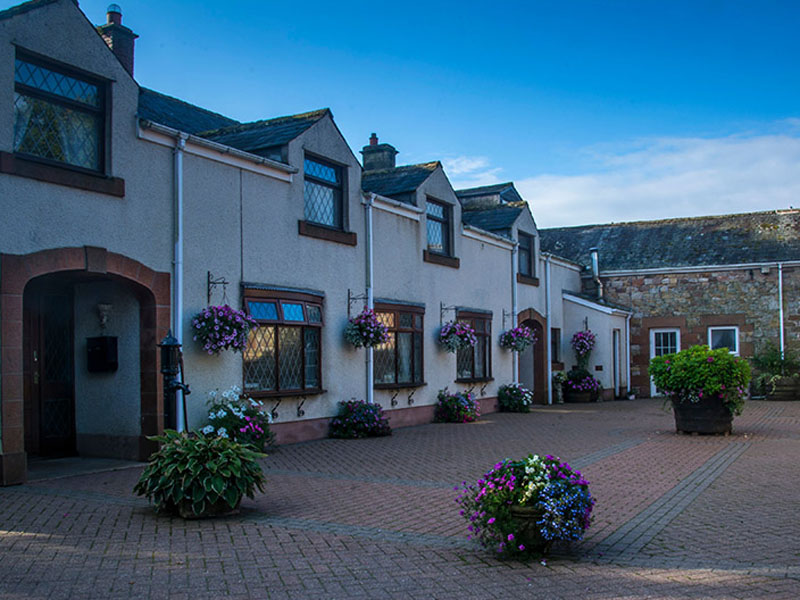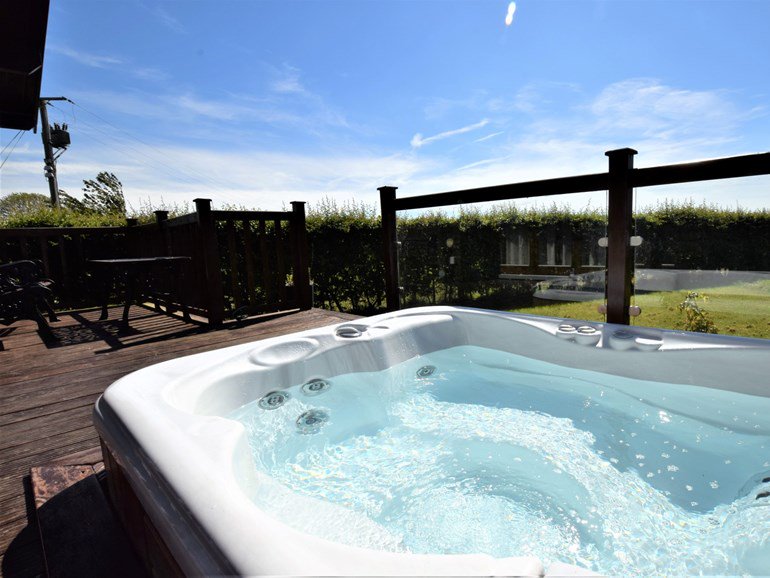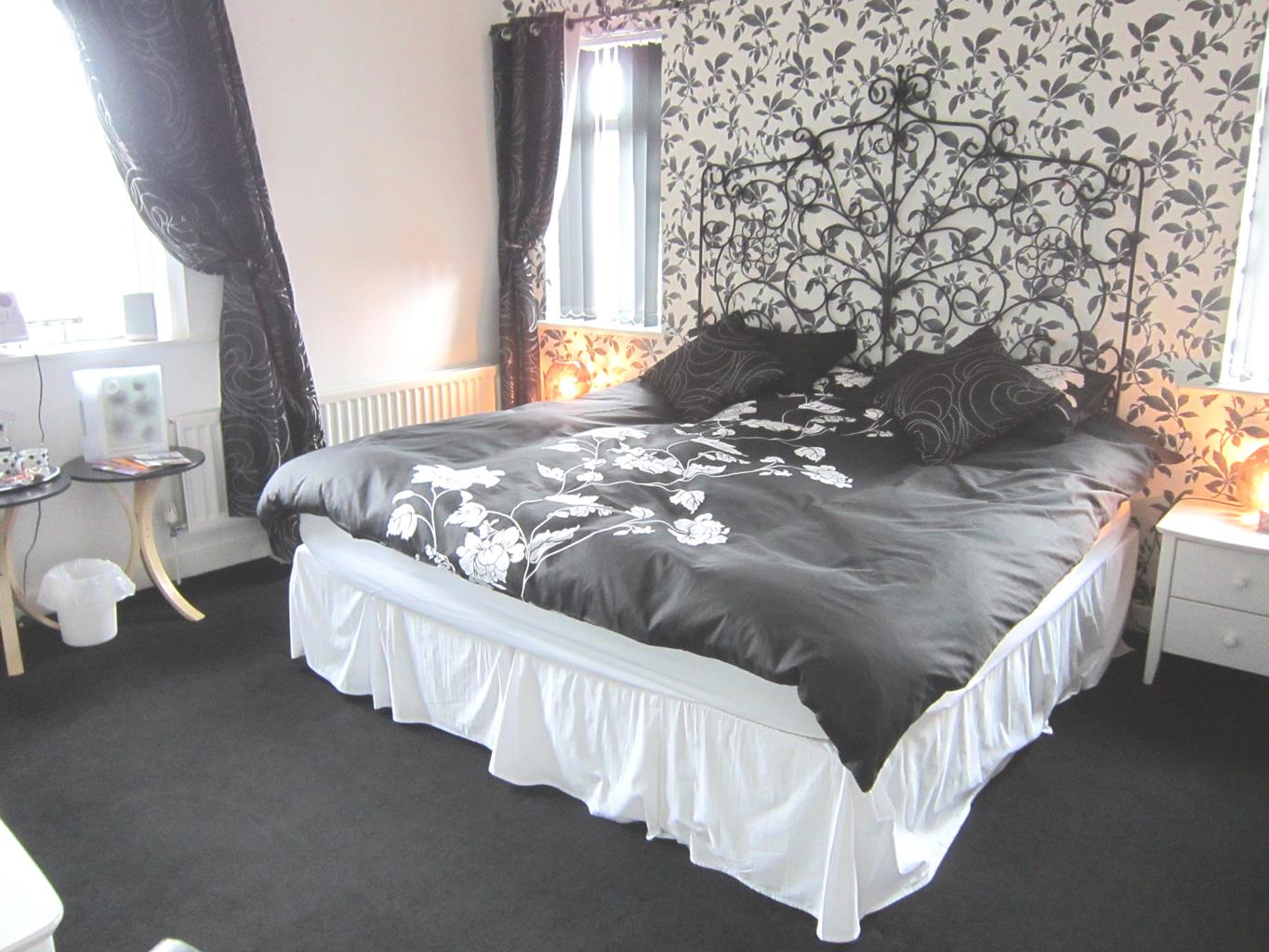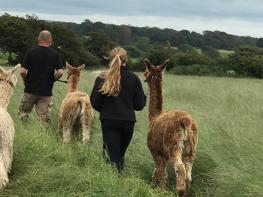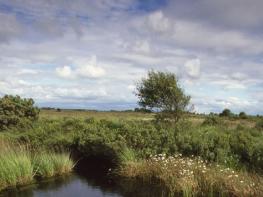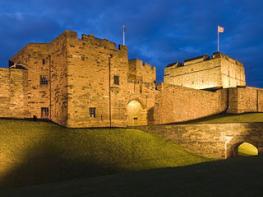Located right on the Scottish border in the north of Cumbria, Pentonbridge Inn is a modern,…
Langholm and Whita Hill

3.75 miles (6kms)
About the walk
The Scots have long been passionate about their independence and take great pride in their rich culture. On this walk you'll pass a memorial to one of the founding fathers of the modern Scottish nationalist movement – the poet Hugh MacDiarmid.
A cultural giant
MacDiarmid, whose real name was Christopher Murray Grieve, was born in Langholm in 1892 and is considered one of Scotland's leading 20th-century poets. His early working life was spent in journalism, working in Montrose and London, and he then turned to writing poetry. A man of passionate views – he was a communist and nationalist – his verses were written in local dialect, mixed with words taken from the older Scottish tongue. His volumes of poetry included Sangschaw, his first book which was published in 1925, Penny Wheep (1926) and A Drunk Man Looks at the Thistle (1926). His works sparked a renewed interest in Scottish language and culture, and he became a central figure in the country's literary revival.
Championing Home Rule
During the 1930s he moved to Shetland, where he continued to write. He made a great impression on those who met him there and was once described as: 'Unmistakably the genius, with tensely thoughtful features and smouldering, deep-set eyes… [he is] almost rustically Scots… wearing a kilt and a plaid, both of bright tartan.' Years later another writer was to describe him as 'a magnificent mouse of a man'. He was by this time involved in the early nationalist movement, which had started in Scotland after World War I and grew in strength during the 1920s. Together with other writers, such as Lewis Spence and Neil Gunn, MacDiarmid voiced a desire for Home Rule for Scotland. The movement grew into the Scottish National Party which was formed in 1934.
After World War II, MacDiarmid moved back to the Borders, living with his wife in a two-room labourer's cottage near Biggar. It was simple in the extreme and had no water or electricity, but it was from here that he embarked on lecture tours all over the world. MacDiarmid died in 1978 and was buried in Langholm, against the wishes of the local 'gentry' who disliked his radical views. Above the door of his old home are inscribed the telling words:
The rose of all the world is not for me
I want for my part
Only the little white rose of Scotland
That smells sharp and sweet and breaks the heart
Walk directions
Cross grass downstream, then go through a hedge gap on the left to pass through a small garden to the A7 above. Head into Langholm along the High Street to the post office on the left.
Immediately past the post office, turn left up Kirk Wynd. It becomes a tarred path, then a rough track running up to the left of the golf course to a gate. Follow the grassy path up and slightly right to reach a green seat beside Whita Well, a natural spring.
Now take the path to the left of the seat, running steeply up the hill. Follow it under a line of pylons and up to the top of Whita Hill. There are stone steps up to the monument, a 100ft (30m) high obelisk commemorating Sir John Malcolm, a famous soldier, diplomat and scholar.
From Sir John Malcolm's monument, walk back a few paces to join the wide gravel track that runs in front of it, then turn right. It's easy walking now, following this clear track downhill. Eventually you'll reach a metal sculpture on the left-hand side. The sculpture, which resembles an open book, was created by Jake Harvey as a memorial to the poet Hugh MacDiarmid.
Bear left past the sculpture to a small car park, and turn left. You now simply follow the road as it winds downhill – it's quite a long stretch but it's fairly quiet. Go back under the line of pylons then, just after a copse on your right-hand side, take the path found on the left, signposted 'Langholm Walks 10'.
Follow this footpath, slightly uphill and then above a wall, where it runs through a boggy patch. After this you shortly return to the gate you reached on your outward journey. Turn right, through the gate, and retrace your outward route.
Additional information
Firm hill paths and tarmac roads
Lush green borderlands and fine views
Keep on lead as there are plenty of sheep
OS Explorer 323 Eskdale & Castle O’er Forest
Riverside car park
At car park and off main street of Langholm
WALKING IN SAFETY
Read our tips to look after yourself and the environment when following this walk.
Find out more
Also in the area
About the area
Discover Dumfries & Galloway
Dumfries and Galloway is a wonderfully undiscovered corner of Scotland – a romantic land of wooded glens, high hills and exposed moorland, haunted by its colourful past and the ghosts of those who fell in fierce and bloody battles. Heading west from Gretna Green you soon reach Dumfries, straddling the River Nith, where you may see red-breasted mergansers in summer.
The market town has strong associations with one of Scotland’s most famous sons, Robert Burns, who farmed nearby and returned to Dumfries towards the end of his life. You’ll find Burns-related visitor attractions around town, plus a portfolio of other sights ranging from ruined castles and abbeys to quirky museums. You can see for miles from the Camera Obscura, which occupies the top floor of the 18th-century windmill.
To the north lies a vast and endless landscape; mile upon mile of open moorland and afforested slopes stretching towards the Ayrshire coast. On the long haul to Stanraer, you’ll want to make regular stops and visit places like Gatehouse of Fleet, a delightful 18th-century planned town, and Creetown, a planned village on the estuary on the River Cree. Perfect for walking and fishing, Dumfries and Galloway seems gloriously untouched by 20th-century progress.
Nearby stays
Restaurants and Pubs
Nearby experiences
Recommended things to do
Why choose Rated Trips?
Your trusted guide to rated places across the UK
The best coverage
Discover more than 15,000 professionally rated places to stay, eat and visit from across the UK and Ireland.
Quality assured
Choose a place to stay safe in the knowledge that it has been expertly assessed by trained assessors.
Plan your next trip
Search by location or the type of place you're visiting to find your next ideal holiday experience.
Travel inspiration
Read our articles, city guides and recommended things to do for inspiration. We're here to help you explore the UK.









